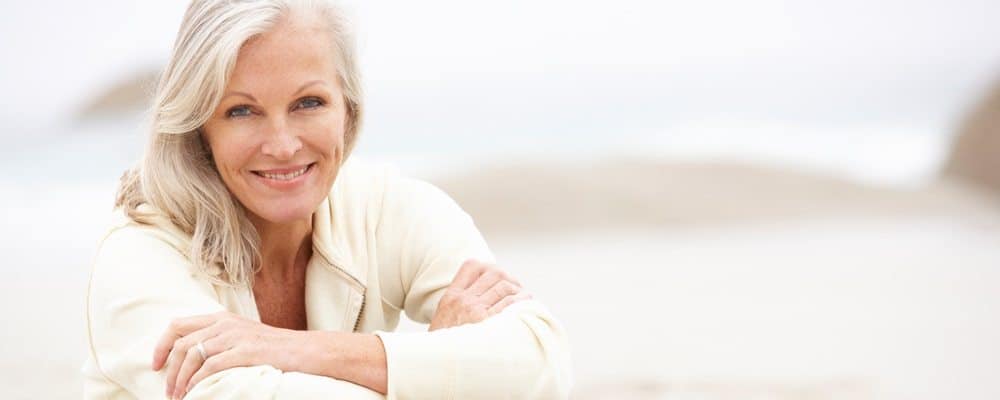
Request a Free Photofacial Consultation
[formlift id=”1652″]
Excellence in Skin Care
Photofacials & Anti-Aging Treatments Atlanta GA

Using Intense Pulsed Light Therapy to Turn Back the Hands of Time
Intense Pulsed Light Therapy (IPL) provides the safest, most effective photofacials available. The process is simple, comfortable, and leaves you with minimal to no downtime.
How does IPL work?
Photofacials use pulses of concentrated light to treat:
- Sun damage
- Sunspots
- Rosacea
- Spider veins
- Wrinkle reduction
- Scars and stretch marks
- And more!
It’s perfect for the face, chest, arms, hands and other areas of the body, with visible results after just one treatment. Typically, patients see full results after only a few treatments. Maintenance treatments are also recommended to add to your skin’s improvement.
What Can You Expect?
You may experience a mild sunburn-like sensation immediately after treatment, possibly accompanied by minor swelling. Over the next few days, pigmented lesions will become darker and will naturally shed from the skin within one to two weeks.
What is IPL?
IPL stands for Intense Pulsed Light. Also known as photofacials, it delivers broadband light through the skin for skin rejuvenation. IPL helps restore a youthful looking skin intended for photo aged or sun damaged skin. It helps decrease facial redness, lessen the appearance of pigmented spots, reduce pore size and improve texture and fine lines.
How Does IPL Work?
IPL delivers high intensity pulses of broadband light that is non-ablative, meaning that is does not damage the surface of the skin. The intense light is delivered to the deeper parts of the skin (dermis) and leaves the superficial aspect of the skin (epidermis) untouched. We use the Lumenis Quantum IPL Brand.
What are the Advantages of IPL?
Photofacials can eradicate red facial veins and flushing, improve acne rosacea, treat irregular pigmentation, dark sun spots, and reduce fine facial lines. If you want skin tightening and lifting, then we suggest you consider our Ultherapy treatment.
Who is a Good Candidate for IPL?
Patients with rosacea, red flushed faces secondary to acne rosacea, facial blood vessels and capillaries, sun damaged skin, pigmented facial spots, and enlarged pores.
Who is NOT a Good Candidate for IPL?
Darker complexions, tanned skin, spray tans, or recently tanned-skin individuals are generally not good candidates for the treatment.
What Areas of the Body can be Treated?
Face, neck, and hands.
When Do Patients Have Treatments?
Patients should undergo a series of three to four photofacials. Treatments are administered every three to four weeks. Each treatment session takes approximately 20 to 30 minutes, depending on treated areas.
How is the Treatment Performed?
During treatment, a cool gel is applied to the treated area, then a pulse of light similar to a rubber band snap is emitted from the hand-piece. Generally, no local anesthetic is required as most individuals tolerate the treatment well. After the session you may have some redness and feel like a sunburn for the rest of the day, but there is no downtime, and you can return to work the following day.
How Quickly do Patients See Results?
After one or two photofacials, your skin will have more even tone and a smoother look and feel. Sunspots will start to fade and pores can become less apparent. Fine lines and wrinkles may soften over time. These improvements continue with each treatment. Patient with acne rosacea will see a reduction in facial redness as a result of each treatment.
What are the Side Effects?
Post-treatment pinkness and mild discomfort like a sunburn sensation for a few hours . Areas treated may be prone to hyperpigmentation (darkening of the skin). Avoidance of the sun and wearing sunscreen daily are advised. Because all individuals are different, we generally will begin your sessions at a more conservative level then progressively increase the treatment levels. This will minimize any unwanted side effects and any potential skin burns, yet develop an ideal treatment protocol for each individual.
